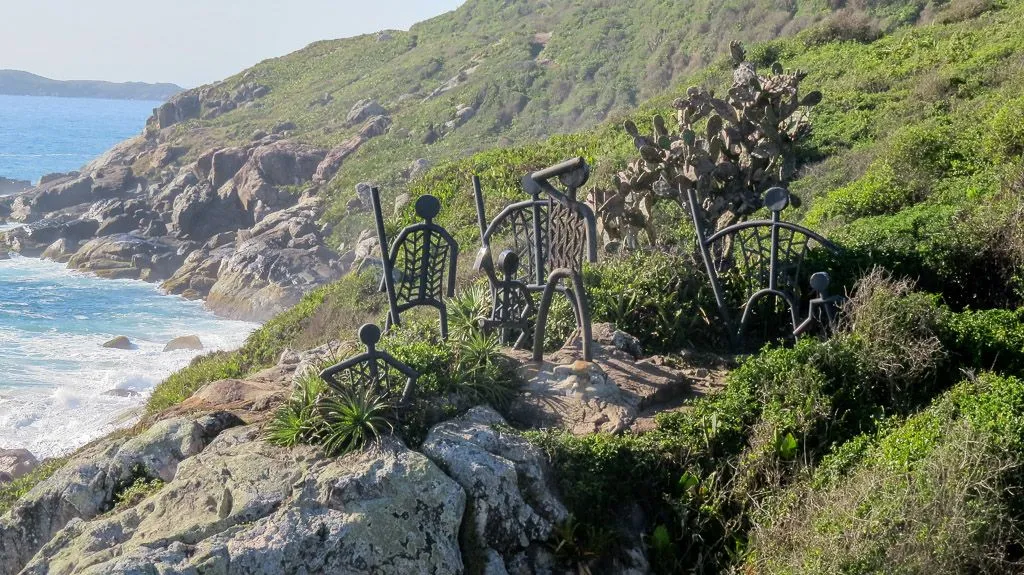We continue our journey through Florianópolis and visit the great archaeological sites.
If you haven't seen my first entry of Floripa and its beautiful beaches, you can do it here:
Florianópolis - The Magic Island
Floripa is home to many very important and ancient archaeological sites of the First Man who lived here more than 7000 years ago. They are called "Sambaquierios" and were hunter-gatherers. The Sambaquierios left us their mysterious art to feed our dreams and fantasies.
The rock inscriptions in Santa Catarina are located in the coastal region and inside the state. On the coast, they are usually present on diabasic rock, mainly on rocky walls of difficult access, next to the sea. The choice of which type of rock to make the inscription on maybe related to the graphic result intended, as by the pigmentation of the rock, the graphism became more visible. This explains, for example, the fact that most of the sites are located on the east coast of Floripa and nearby isles i.e., places where the occurrence of diabasic dikes is most frequent, which are characterized by a great magnetism. Regarding the tools employed in producing these representations, they must have been as hard as or harder than the rock which would house the inscription. Depending upon the production technique, different lithic instruments could be used, such as tools with edges, shards, burins, strikers, picks or polishes.
The drawings very, encompassing simple human representations and abstract motifs, geometric shapes which range from triangular to circular, besides sequences of straight parallel lines in bundles or wavy, composing various designs.
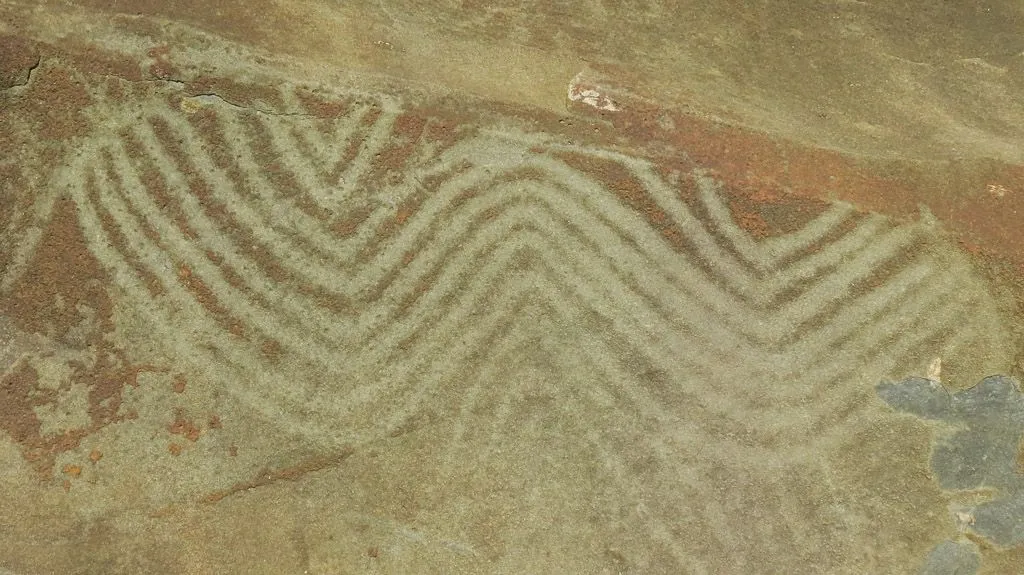


The Santinho beach has several archeological sites of different types at both ends: lithic workshops and rock inscriptions. The rock inscriptions are abundant and are well known by the local population. The very name "Santinho"comes from an inscription, originally located at the north end of the beach. This inscription was identified by fishermen as a "saint" due to its anthropomorphic representation with a circle around the head and shape of a halo. (Top, left) Unfortunately, this rock, which gave rise to the name of the beach and district, was removed from its original place in 1944 and has disappeared.
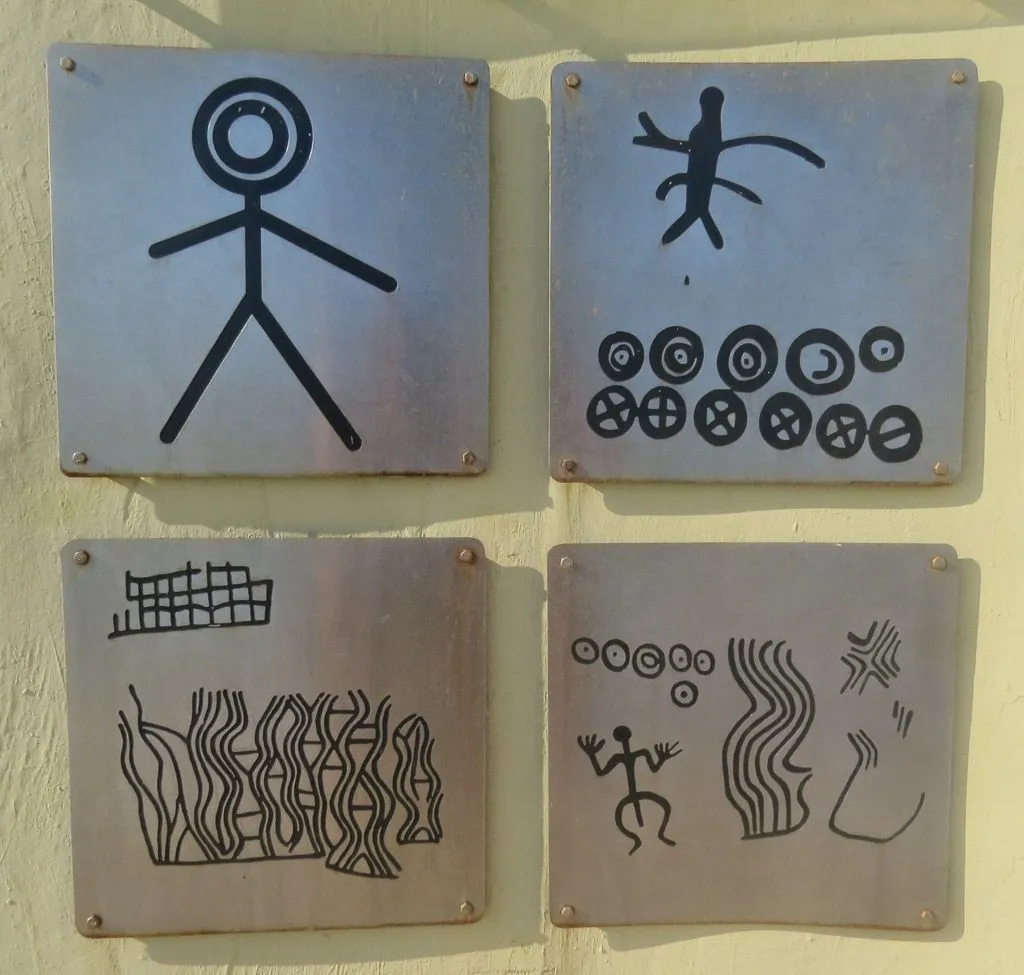

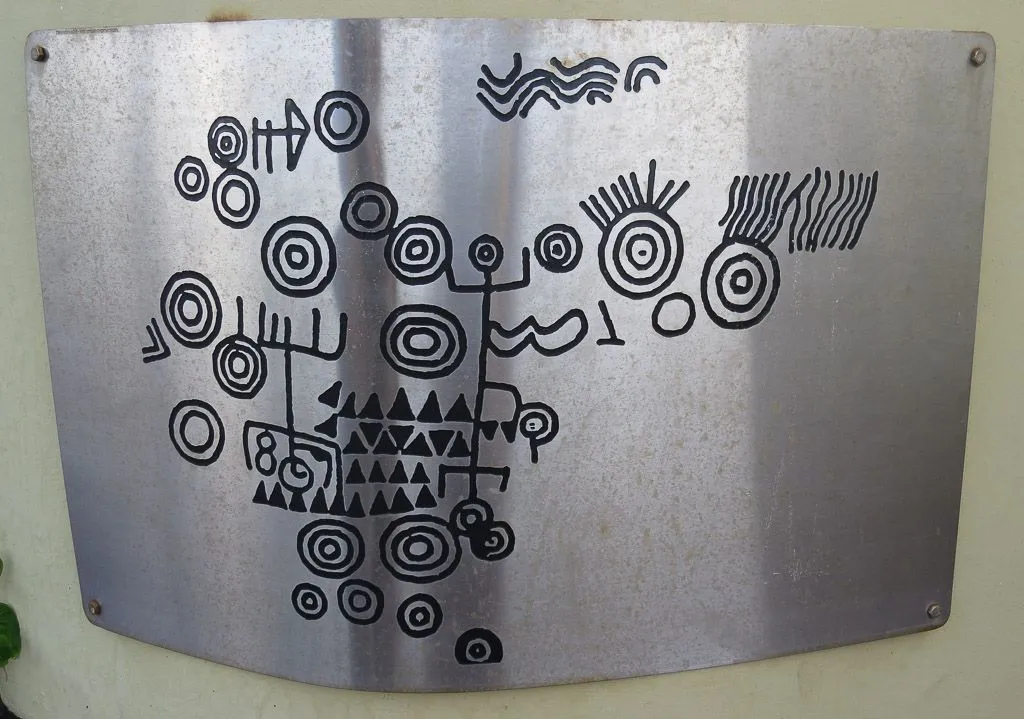

The interpretation of this graphism is still a great challenge for researchers. The reasons for its execution, its symbolism and possible function give rise to great debate. The localization of these representations can give us some clues as to their functionality. From the fact that they are located on rocky walls facing the sea, against which waves of great size sometimes beat, they were places which inspired fear and respect, being able to tell us that they had some mythical-religious meaning.
There are also versions which consider the petroglyphs as being symbols of an evolved culture, related to sophisticated knowledge of philosophy, astronomy and science in general. The existence of the same symbols found in Santa Catarina on other continents is one of the factors submitted as proof of this hypothesis.
The fact is, that it concerns very ancient signs and they are recorded intentionally by prehistoric peoples to show it to the future generations. They also could use pigments to draw, like in other sites around the world. Obviously it is hard work to create this kind of rock inscriptions.
What do you think is the meaning of this great art?
Besides this great heritage the Santinho beach is also marvellous and a good surf spot.
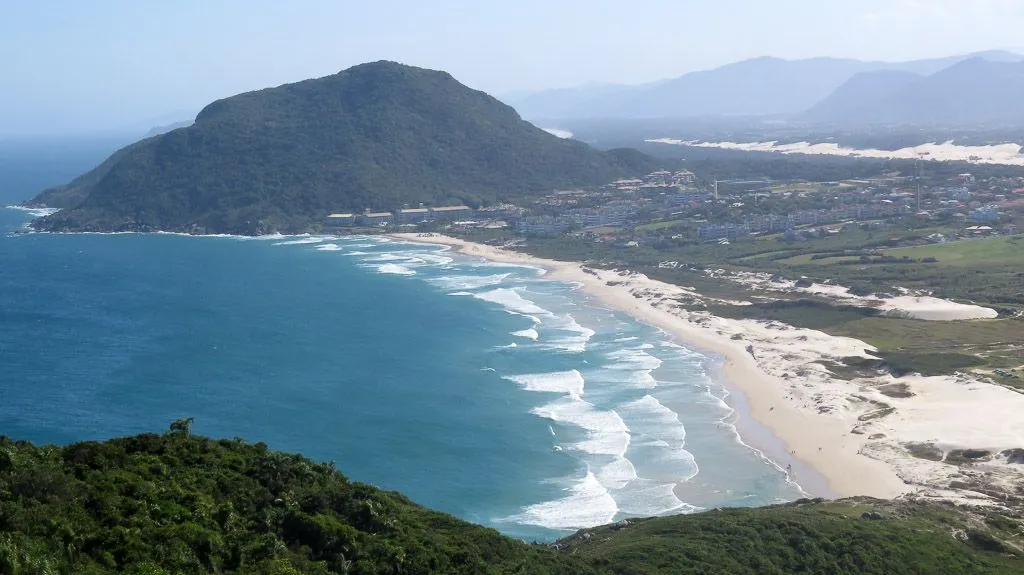
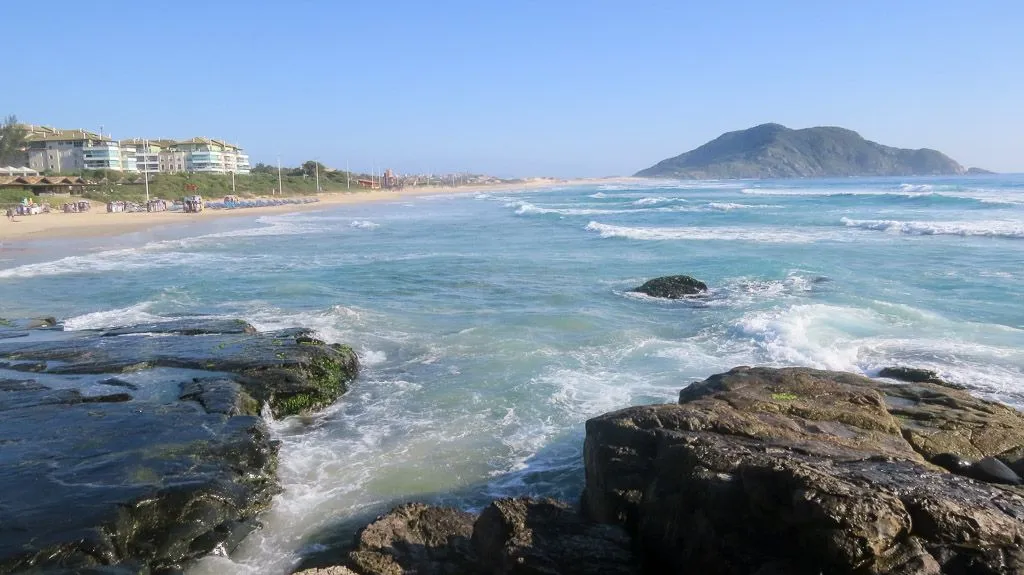
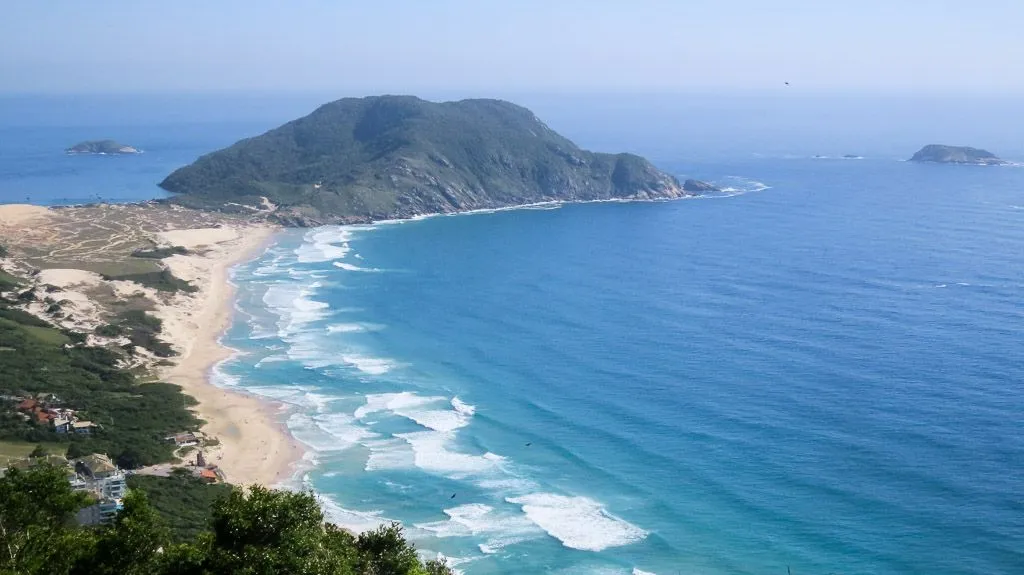
Sculptures to commemorate our ancestors who travelled the world many thousands of years ago.

A short walk through the dunes and we are at Ingleses Beach. There are more lithic workshops and rock inscriptions of the Sambaquieiros.
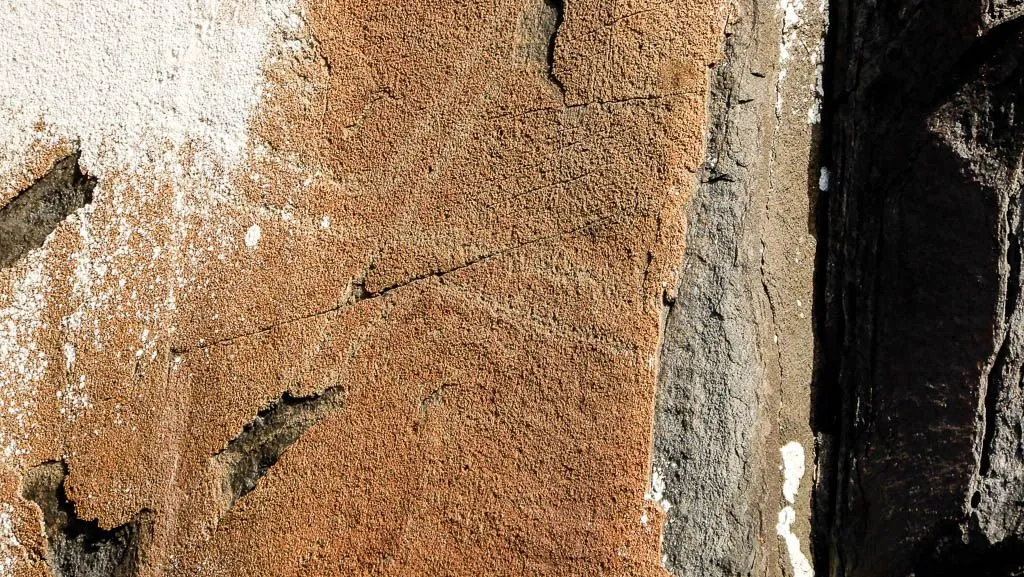


At the lithic workshops they made all kinds of stone tools such as arrows, axes, spearheads, weights for their fishing nets and stone figures of animals.
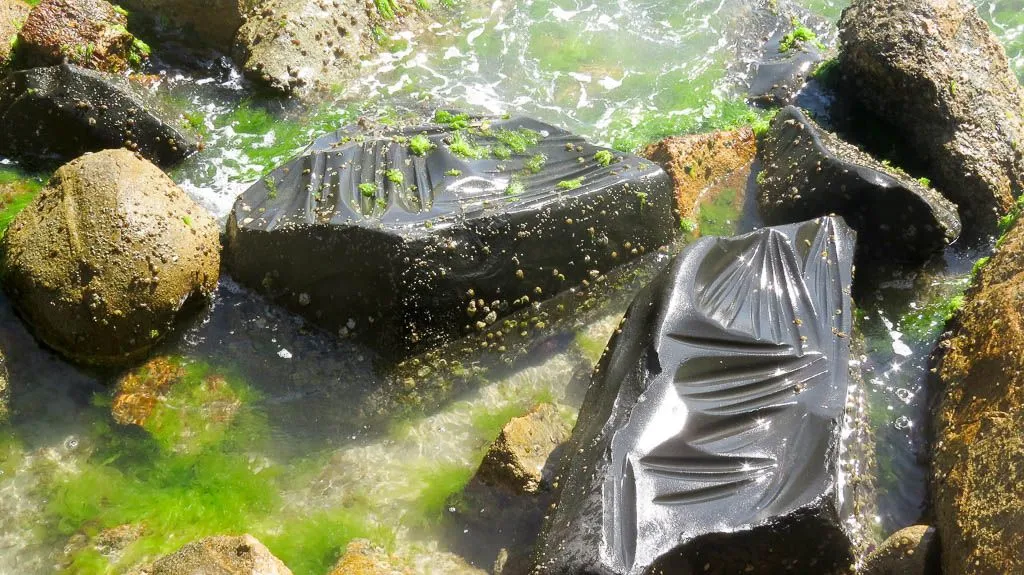
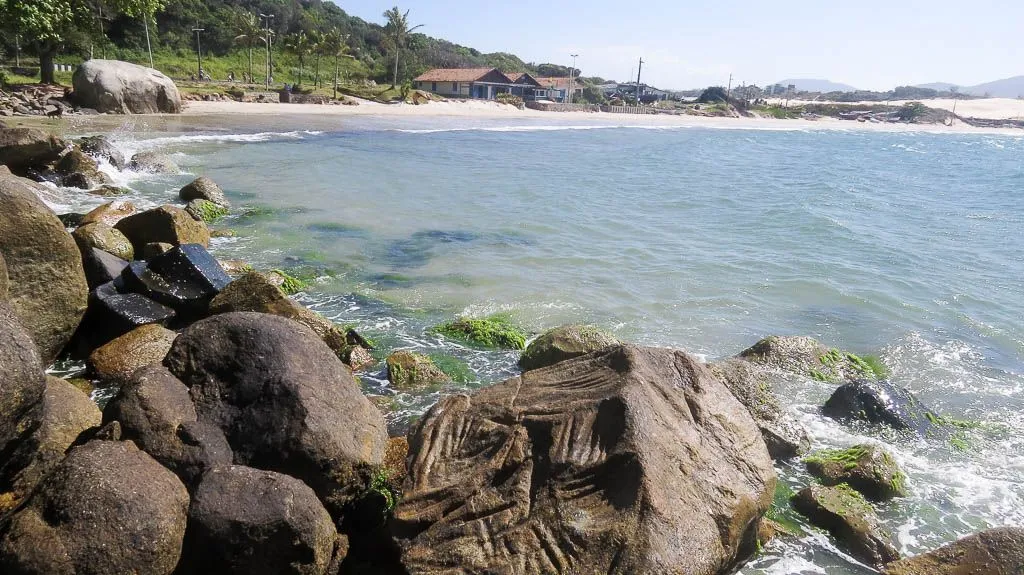
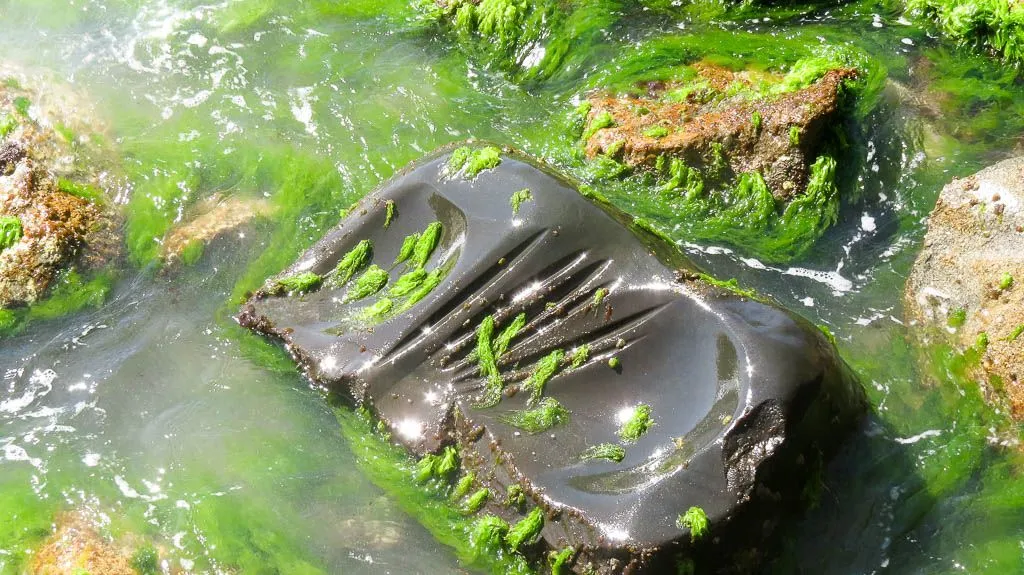
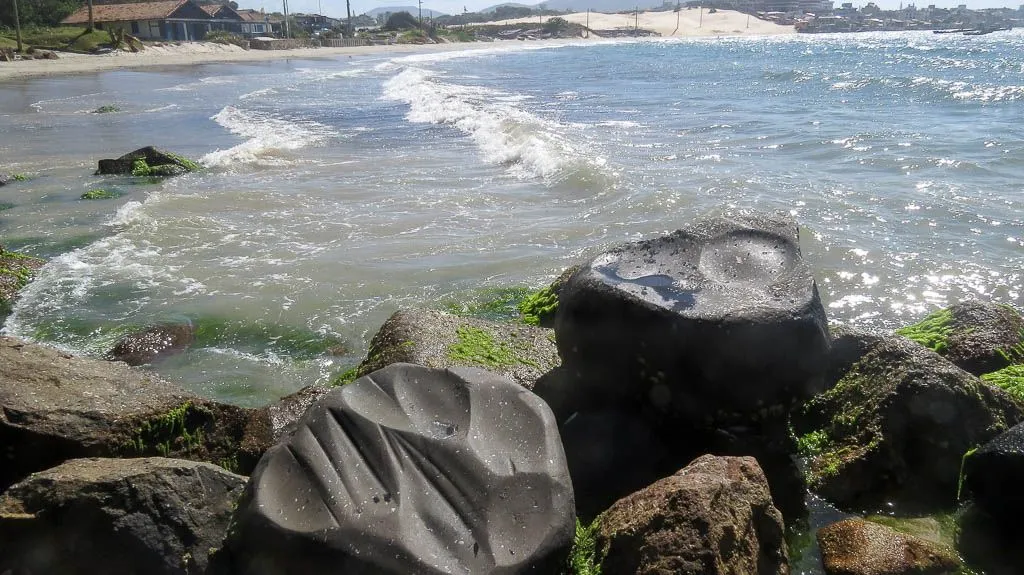

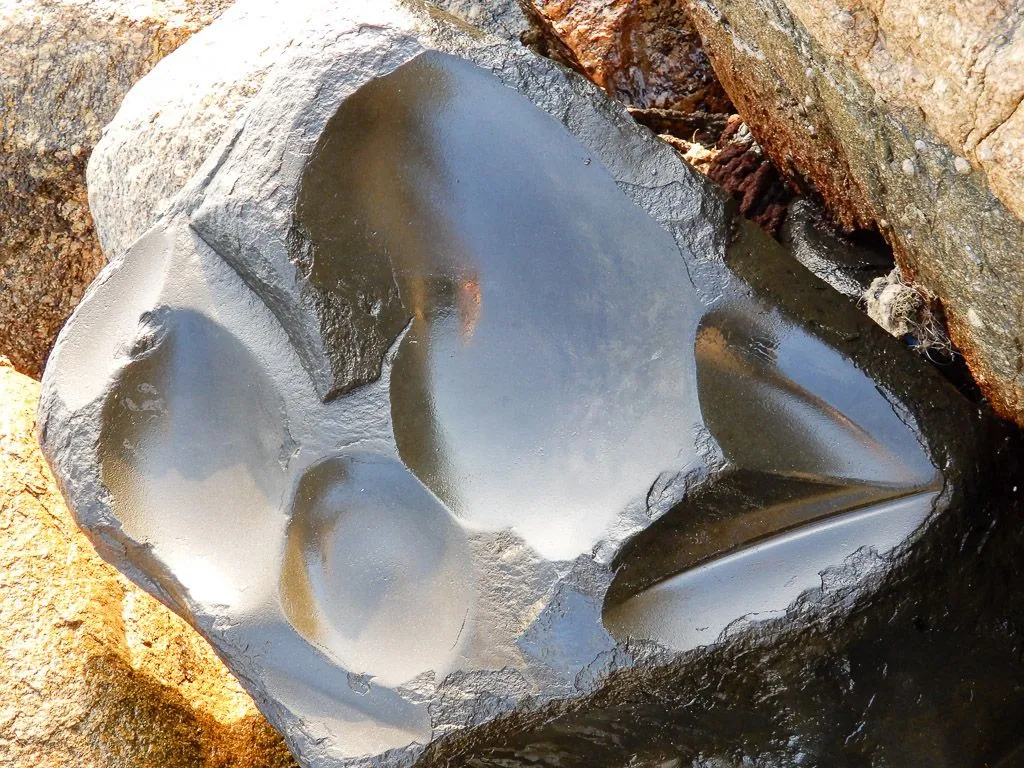
During the high season there is alwayas a lot of movement at Ingleses beach....

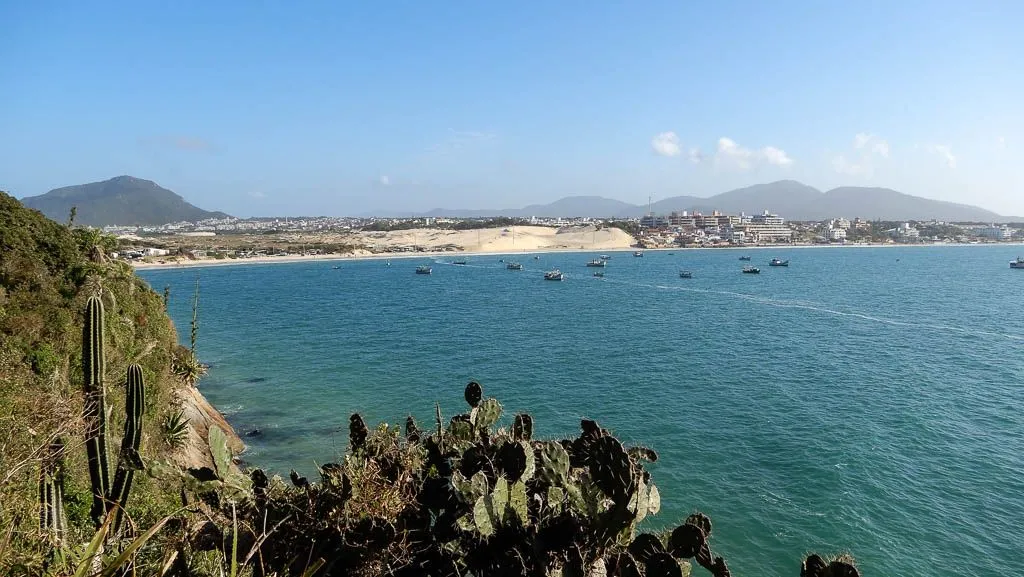
but the beach is huge!
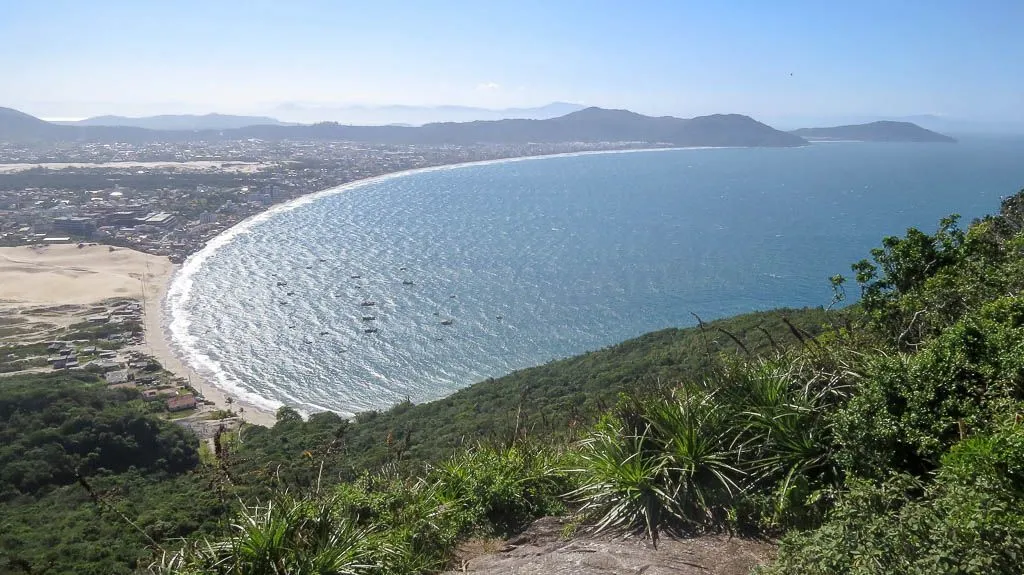
I found also this beautiful river in Ingleses.
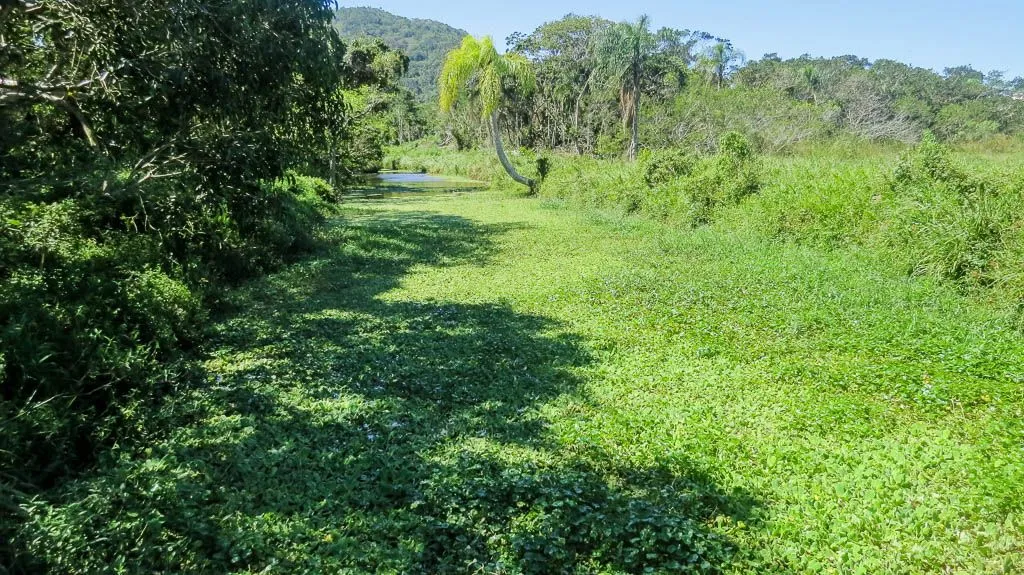
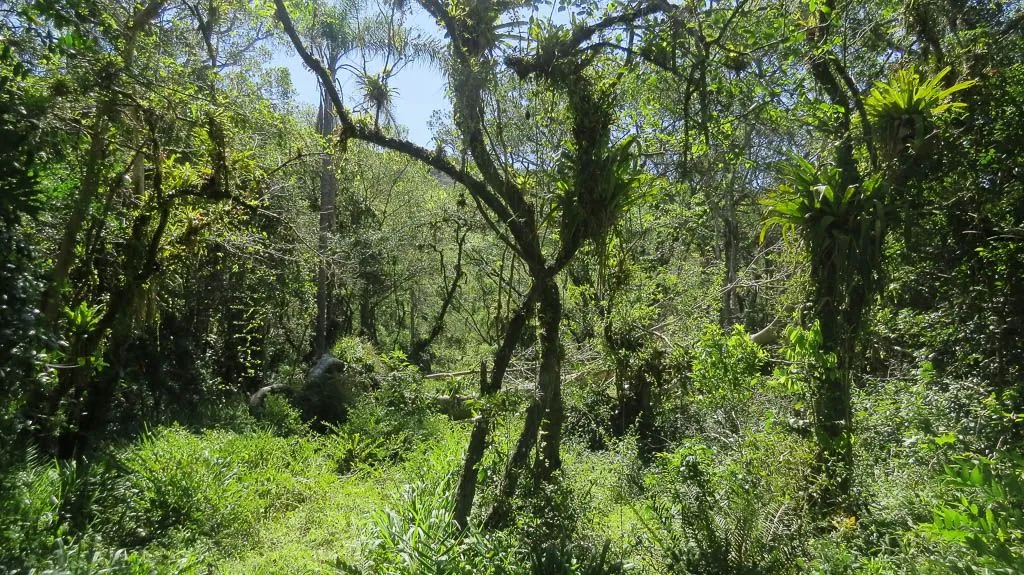
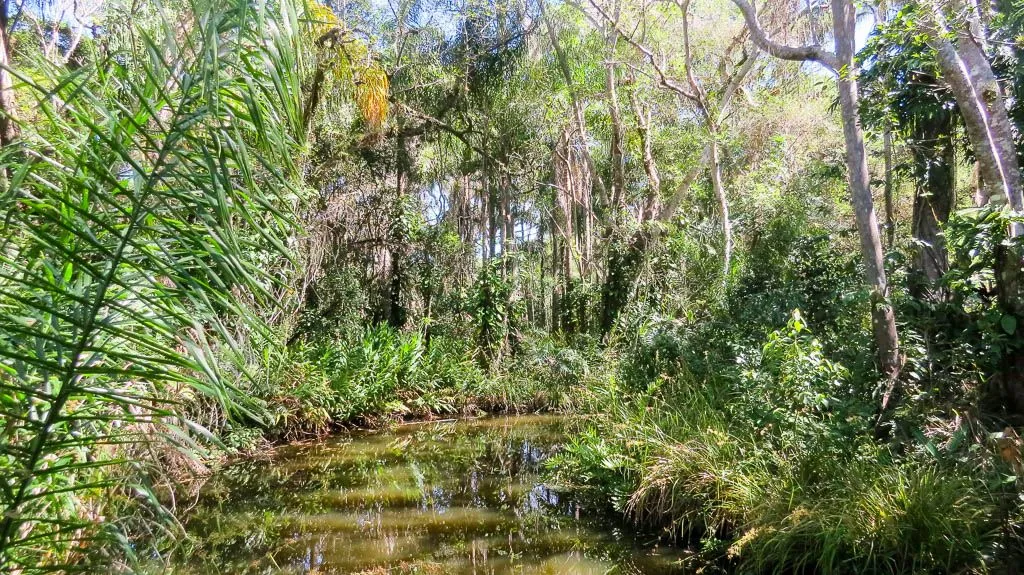
Lets finish with a gorgeous sunset!
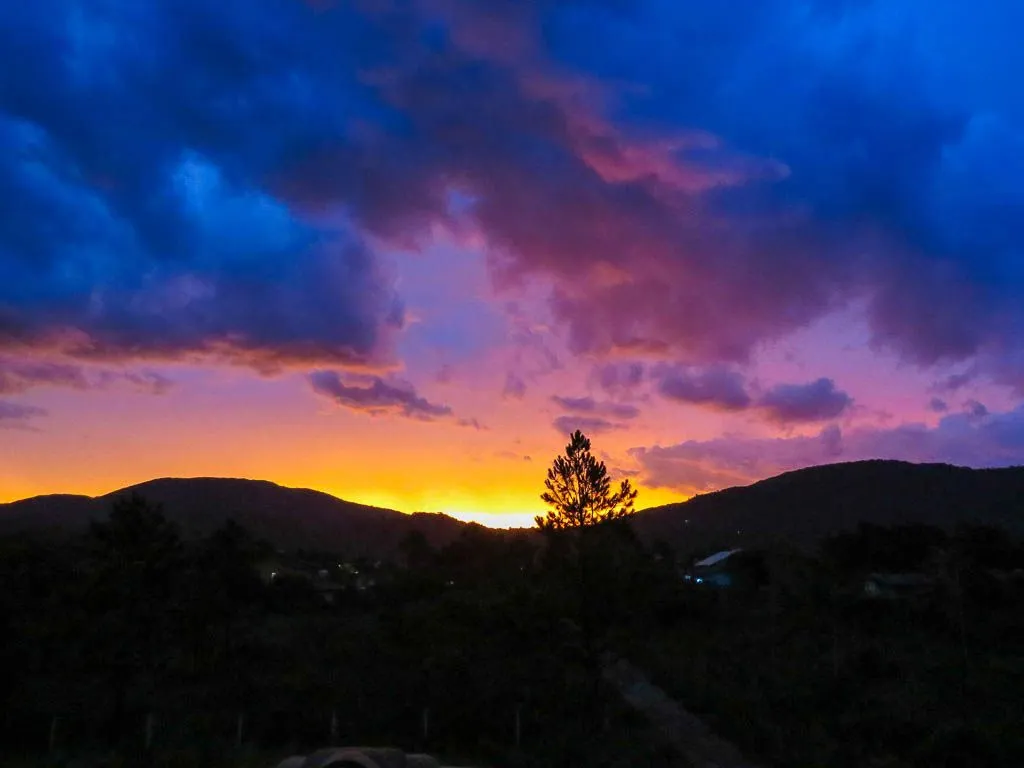
!steemitworldmap -27.446567 lat -48.371428 long Floripa and its art of the First Man D3SCR
